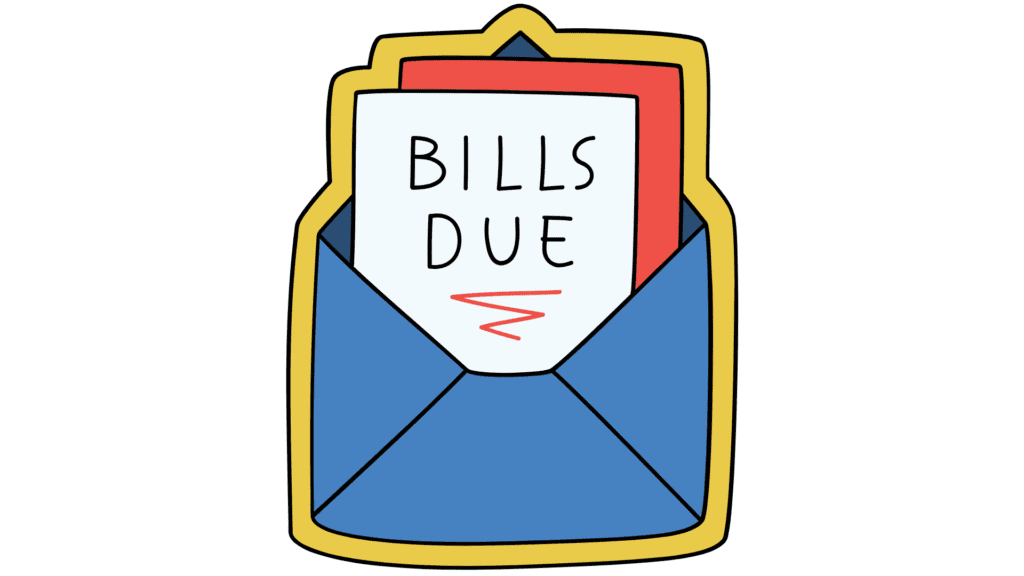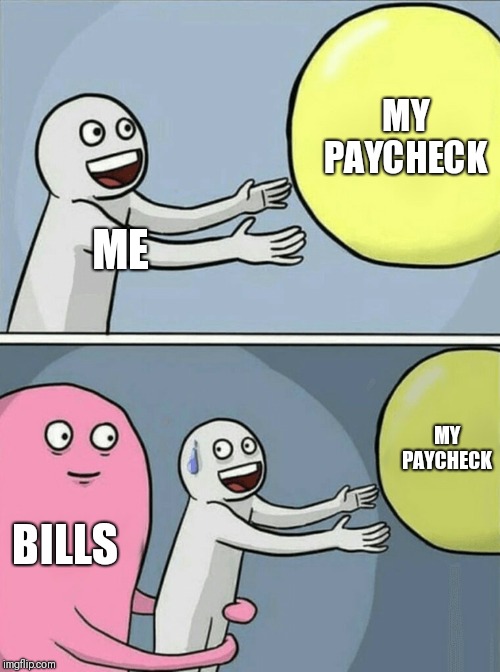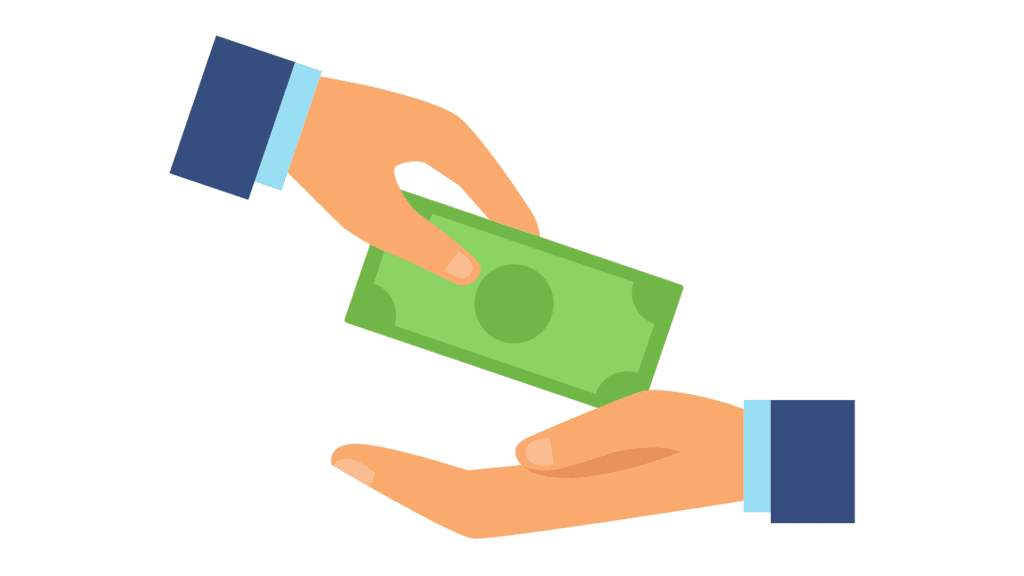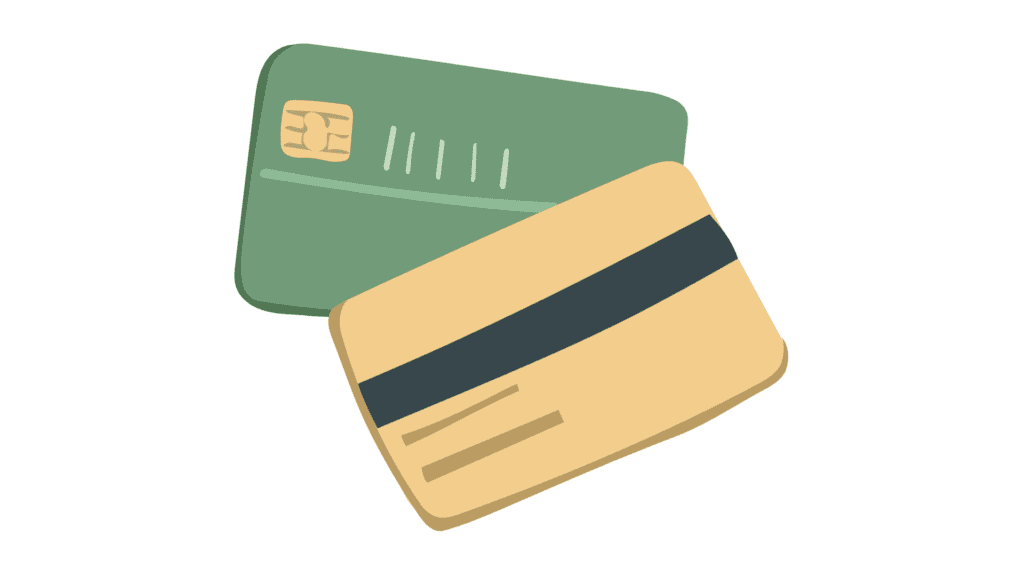What is the Minimum Monthly Payment on Medical Bills?

That stack of medical bills sitting on your kitchen counter is probably causing more stress than the condition that sent you to the doctor in the first place.
If you’re like most Americans drowning in healthcare costs, you’re probably wondering: “What’s the absolute minimum I can pay each month to keep the wolves at bay?”
The answer might surprise you.

The myth of the $5 minimum payment
First, let’s bust a common myth: There is no legally required minimum payment for medical bills. None. Zero. Zilch.
A lot of people believe that sending just $5 or $10 a month will keep their account in good standing and prevent collection actions. That’s simply not true.
Unlike credit cards that clearly state your minimum monthly payment, medical bills are a different animal entirely. The minimum payment is whatever you and your healthcare provider agree upon through negotiation.
This can be both good news and bad news:
- Good news: There’s flexibility to create a plan based on what you can actually afford
- Bad news: The provider doesn’t have to accept whatever lowball offer you make
How medical bill payments actually work

Here’s the real deal on setting up payment plans:
- You contact the billing department (preferably before the bill goes to collections)
- You discuss what you can realistically afford to pay monthly
- They either accept your proposal or counter-offer
- You negotiate until reaching an agreement that works for both parties
Many hospitals offer interest-free payment plans if you’re proactive about asking. This is huge – it means you can spread payments over time without digging a deeper hole.
Factors that influence your payment options
Several things affect what kind of payment plan a provider might accept:
- The total amount you owe – A $500 bill might get more flexible terms than a $50,000 bill
- Your financial situation – Lower income might qualify you for more favorable terms
- The provider’s policies – Some hospitals are more accommodating than others
- Whether you qualify for assistance programs – Many hospitals have charity care programs
Beyond basic payment plans
Standard payment plans aren’t your only option:
- Medical credit cards like CareCredit offer special financing for healthcare costs. These often have 0% interest promotional periods, but watch out for the sky-high interest rates if you don’t pay in full before the promo ends.
- Negotiate the actual bill amount – Many providers will reduce the total bill by 10-30% if you can pay a substantial portion as a lump sum.
- Medical bill advocates can negotiate on your behalf, particularly useful for complex or very large bills.
- Income-driven hardship plans might reduce your total owed amount based on your income.
- Government programs like Medicaid (even retroactively) might cover some bills if you qualify.
Your credit score gets some protection

Here’s some good news about medical debt that most people don’t know:
- Medical collections under $500 no longer appear on credit reports (as of April 2023)
- You now have a full year before medical debt hits your credit report
- Paid medical collections have been removed from credit reports
These changes give you more breathing room to deal with medical bills before they damage your credit score.
The action plan for dealing with medical bills
- Review your bill thoroughly – Medical billing errors are shockingly common
- Contact the provider ASAP – Don’t wait for it to go to collections
- Be honest about what you can afford – Unrealistic payment plans help no one
- Get everything in writing – Verbal agreements aren’t worth the paper they’re printed on
- Ask about interest-free payment plans – Many hospitals offer these
- Consider paying a lump sum – Offering 70-80% of the total bill in one payment might get you a discount
When to get outside help
If you’re truly overwhelmed, consider reaching out to:
- Non-profit credit counseling agencies
- Patient advocate organizations
- Hospital financial counselors
- Healthcare-focused financial advisors
The bottom line: Communicate early and often
The worst thing you can do with medical bills is ignore them. Most healthcare providers would rather work with you on a realistic payment plan than send your account to collections.
There’s no magic minimum payment that will keep your account current – it all comes down to negotiation and communication.That stack of medical bills sitting on your kitchen counter is probably causing more stress than the condition that sent you to the doctor in the first place.
If you’re like most Americans drowning in healthcare costs, you’re probably wondering: “What’s the absolute minimum I can pay each month to keep the wolves at bay?”
The answer might surprise you.
The myth of the $5 minimum payment
First, let’s bust a common myth: There is no legally required minimum payment for medical bills. None. Zero. Zilch.
A lot of people believe that sending just $5 or $10 a month will keep their account in good standing and prevent collection actions. That’s simply not true.
Unlike credit cards that clearly state your minimum monthly payment, medical bills are a different animal entirely. The minimum payment is whatever you and your healthcare provider agree upon through negotiation.
This can be both good news and bad news:
- Good news: There’s flexibility to create a plan based on what you can actually afford
- Bad news: The provider doesn’t have to accept whatever lowball offer you make
How medical bill payments actually work
Here’s the real deal on setting up payment plans:
- You contact the billing department (preferably before the bill goes to collections)
- You discuss what you can realistically afford to pay monthly
- They either accept your proposal or counter-offer
- You negotiate until reaching an agreement that works for both parties
Many hospitals offer interest-free payment plans if you’re proactive about asking. This is huge – it means you can spread payments over time without digging a deeper hole.
Factors that influence your payment options
Several things affect what kind of payment plan a provider might accept:
- The total amount you owe – A $500 bill might get more flexible terms than a $50,000 bill
- Your financial situation – Lower income might qualify you for more favorable terms
- The provider’s policies – Some hospitals are more accommodating than others
- Whether you qualify for assistance programs – Many hospitals have charity care programs
Beyond basic payment plans
Standard payment plans aren’t your only option:
- Medical credit cards like CareCredit offer special financing for healthcare costs. These often have 0% interest promotional periods, but watch out for the sky-high interest rates if you don’t pay in full before the promo ends.
- Negotiate the actual bill amount – Many providers will reduce the total bill by 10-30% if you can pay a substantial portion as a lump sum.
- Medical bill advocates can negotiate on your behalf, particularly useful for complex or very large bills.
- Income-driven hardship plans might reduce your total owed amount based on your income.
- Government programs like Medicaid (even retroactively) might cover some bills if you qualify.
Your credit score gets some protection
Here’s some good news about medical debt that most people don’t know:
- Medical collections under $500 no longer appear on credit reports (as of April 2023)
- You now have a full year before medical debt hits your credit report
- Paid medical collections have been removed from credit reports
These changes give you more breathing room to deal with medical bills before they damage your credit score.
The action plan for dealing with medical bills
- Review your bill thoroughly – Medical billing errors are shockingly common
- Contact the provider ASAP – Don’t wait for it to go to collections
- Be honest about what you can afford – Unrealistic payment plans help no one
- Get everything in writing – Verbal agreements aren’t worth the paper they’re printed on
- Ask about interest-free payment plans – Many hospitals offer these
- Consider paying a lump sum – Offering 70-80% of the total bill in one payment might get you a discount
When to get outside help
If you’re truly overwhelmed, consider reaching out to:
- Non-profit credit counseling agencies
- Patient advocate organizations
- Hospital financial counselors
- Healthcare-focused financial advisors
The bottom line: Communicate early and often
The worst thing you can do with medical bills is ignore them. Most healthcare providers would rather work with you on a realistic payment plan than send your account to collections.
There’s no magic minimum payment that will keep your account current – it all comes down to negotiation and communication.
